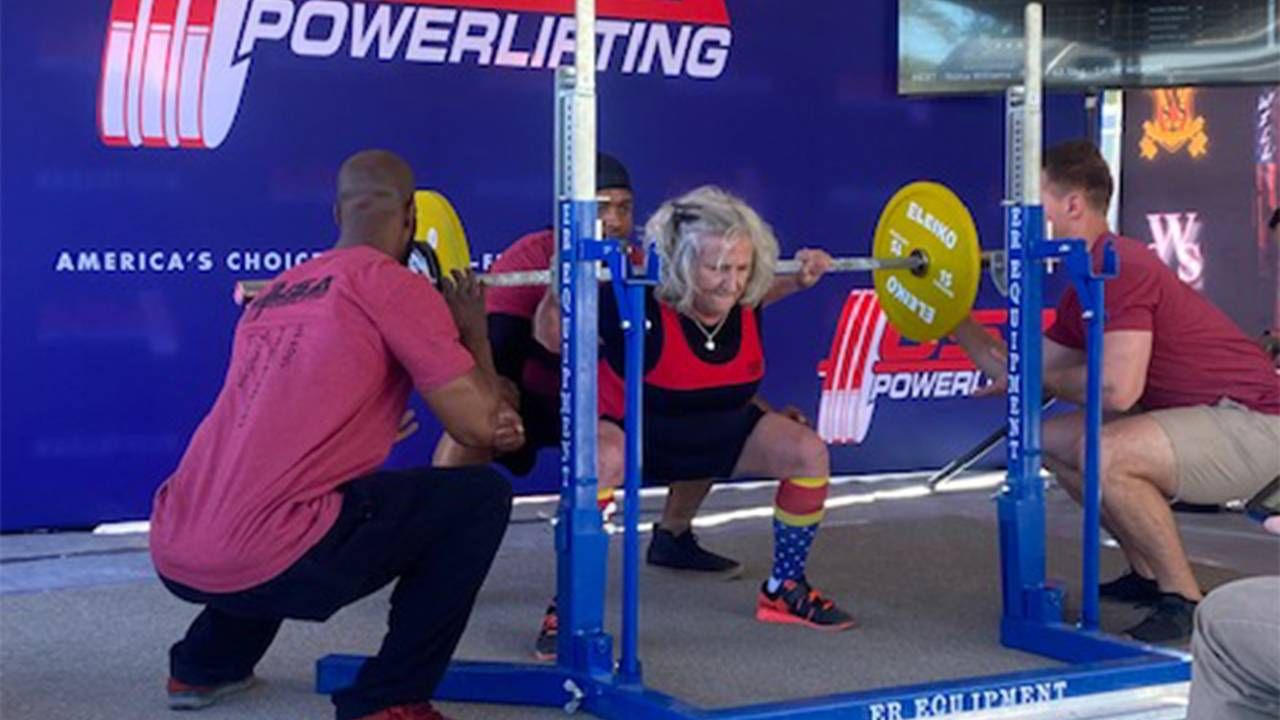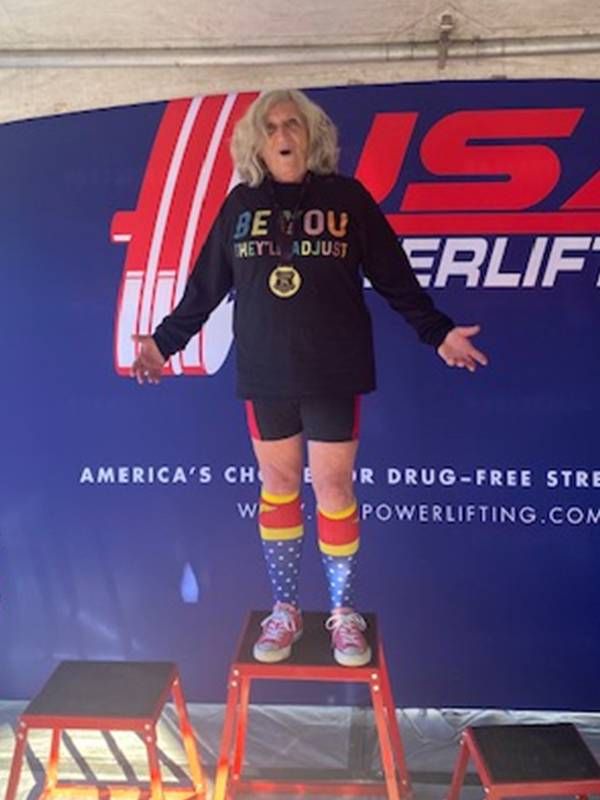Strength Training is Magic for People Over 50
Here’s how you can keep doing it safely
In gyms, basements and spare bedrooms across the country, weights are clanking, pulses are pounding, muscles are straining. Millions of people, many of them over 50, are pumping iron, stretching heavy-duty resistance bands, doing pushups, lunges and squats.

If you're one of these dedicated individuals, you've already experienced the many benefits of strength training, and you'll want to keep doing it for as long as possible. In this article, we've got advice from three experts to help you do just that.
The Magic of Strength Training After 50
Whether you consider weightlifting a sport itself, a tool for enhancing your other athletic pursuits, or just part of a well-rounded health regimen, you are doing your body a world of good.
Strength training is the most effective weapon against sarcopenia, the degradation of muscle mass and function that begins in our thirties and speeds up after 50.
Beyond that, strength training also helps maintain healthy bone density, is linked with fewer falls and fractures, and improves insulin sensitivity and glucose metabolism. Recent research has even shown that strength training has a protective effect against the risk of dementia.
Act Your (Biological) Age
"I think the over-fifty age group benefits from strength training the most," said Dave Durell, the 63 year-old co-owner of Rock Solid Fitness in Dunedin, Fla. and creator of StrengthAfter50.com.
That's certainly been true for Sharon Salomon, of Phoenix, who only started lifting weights in her 60s. Now, at 77, she's the oldest female competitive powerlifter in her home state.
"I know I'll never be as strong as someone who's fifty, but I don't care," Salomon said in an interview. "I want to stay healthy and be as strong as I can at my age. I'm the only person my age I know who's never had a knee, back, hip or surgery."
And strong she is. Two years ago (the last year for which she had official data) she performed a 105-pound bench press, a 155-pound squat, and a 225-pound deadlift.

A big part of Salomon's success is her consistency. When not in the middle of a worldwide pandemic, she meets with her trainer every Monday, Wednesday and Friday to train.
Consistency is Key
According to Joseph F. Signorile, professor of kinesiology and sport sciences at the University of Miami, Coral Gables, Fla., lifting consistently is key to avoiding injury.
"The good thing about connective and muscle tissue is as you train, you toughen that tissue. So for someone who has consistently weight trained, the risk of injury goes way down," he said.
Salomon took more than a year off of lifting in 2020-21 due to the COVID-19 pandemic. When she resumed training (outdoors, just to be safe), "I basically had to start from zero," she said.
That tactic was right in line with what Signorile, who also directs U Miami's Laboratory of Neuromuscular Research and Active Aging, recommends for anyone who hasn't trained in awhile.
Coming back after a long layoff, you've got to start with a period of tissue adaptation," Signorile said. "That means keeping weights and volume (the number of sets and repetitions) low, and gradually build up over a month or two," he added. "People hate to do this, but the thing I always tell them is 'You can gradually build up now, or you can end up at your sports medicine physician and they'll tell you you can't lift any weight. You'll be taking months off as opposed to a few weeks to gradually rebuild.'"
Rethink Your Routine
Durell said another important safety consideration for people over 50 is exercise selection.
"Make sure you can always exit the exercise safely," he said. "So certain barbell exercises should be swapped out for others. Instead of doing back squats, opt for front squats or use a leg press machine. Rather than a heavy barbell bench press without a squatter, use dumbbells."
He also advised caution with ballistic or plyometric movements like kipping pull-ups, box jumps and Olympic-type lifts like snatches and cleans. "If you haven't been doing them, don't start, and if you have, ask yourself why and consider transitioning to more traditional lifting," he said.
Finally, Durell said, "Stop worrying about the showy muscles." These muscles on the front of the body - the pectorals, biceps, and rectus abdominis - tend to be over-focused-on. "There's a whole other set of muscles that become very important now." These include the deep muscles of the core and rotator cuff, as well as the entire posterior chain, crucial to good posture and locomotion.
Work with a Pro; Don't Be Afraid to Say 'No'
Salomon has two other pieces of advice for strength training safely after 50.
"I wake up in the morning and things hurt, just like everyone else. This body is seventy-seven years old!" she said. "But I have never been injured weight lifting, because I've always had a trainer, and I'm always careful. I'm in touch with my body, and I know when to say no."
Salomon explained that if she's not "feeling it" in the middle of a set, she'll tell her trainer no and stop.
"At my age, getting hurt means six months of not doing anything," she said.
Salomon is living proof that people over 50 shouldn't be afraid to lift heavy weights. We just need to be smart about it by training consistently, choosing safe exercises and knowing when to say, "not today."


